
This website uses cookies to ensure you get the best experience.
You can view which ones and what they do by clicking this button.
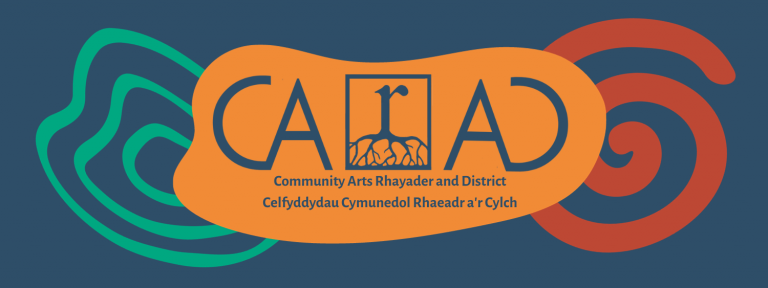
We have two medieval tiles in our collection, both of which are from Strata Florida Abbey near Rhayader.
Very few medieval tiles survive today – during the dissolution of the monasteries (1536 – 1541) King Henry VIII declared himself head of the Church of England, and seized the wealth of all the religious orders affiliated with Europe and the Pope.
Abbeys such as Strata Florida had a great deal of wealth, which is why they could afford so many of these beautiful tiles. Their survival is remarkable.
They were uncovered in an excavation in the 1880s, and made Strata Florida a popular Victorian tourist destination – although many tiles were taken as souvenirs!
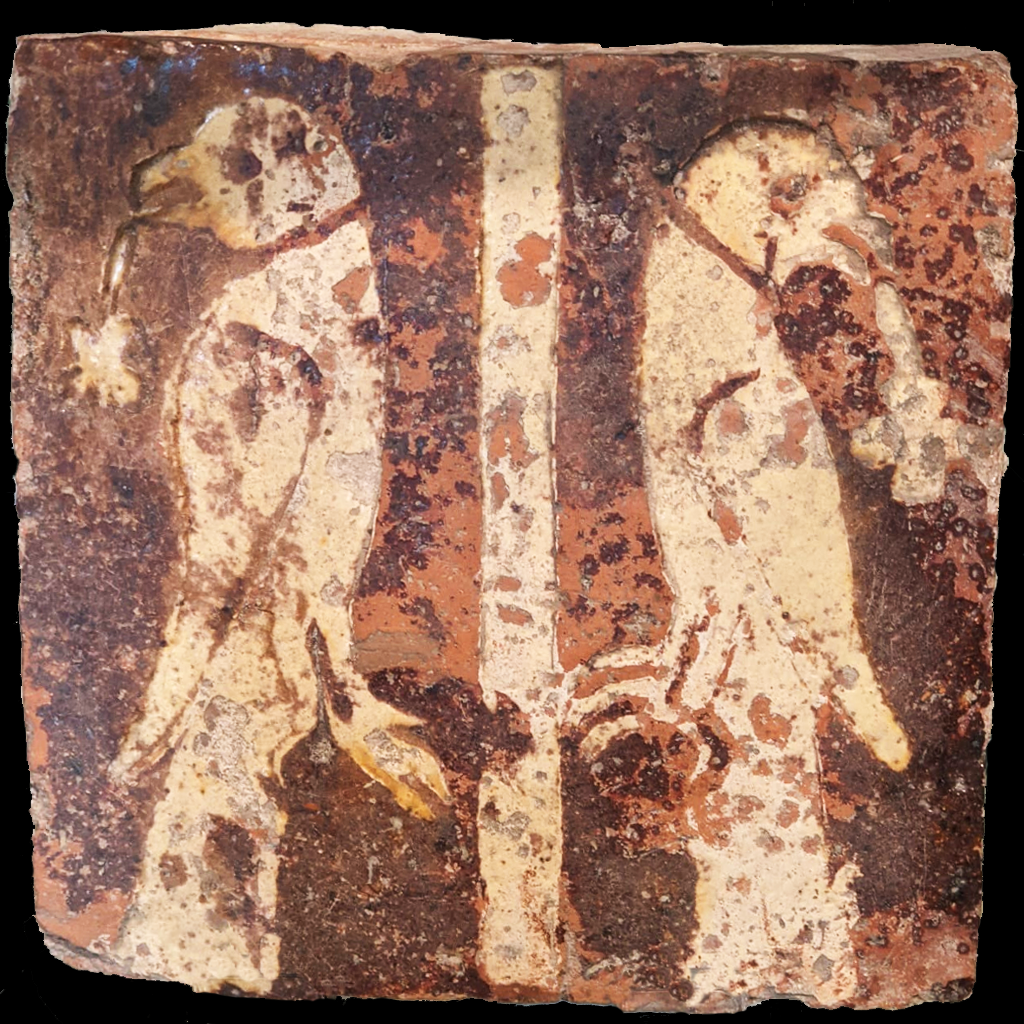
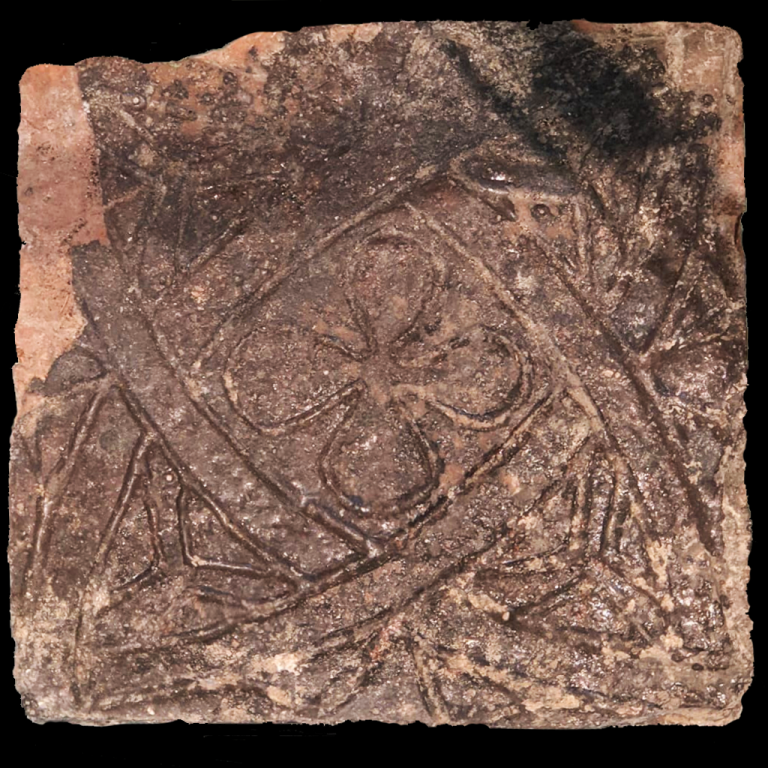
These tiles were made by a travelling craftsman, in the 16th Century.
Most medieval tiles were from clay that was dug out of a riverbed (the clay for these tiles quite possibly came from the River Teifi, which is next to the abbey). The clay was then left on a table outside over the winter so that the rain, snow and frost could leach impurities from it. After all that it was pounded out and “levigated” – turned into a fine, smooth, paste-y powder.
After that they were shaped into squares, and decorated, either by pushing in moulds to create patterns, or by painting over the top. Some tiles were glazed using tin, to create different colours, or carefully inlaid with a contrasting colour of clay.
If you don’t happen to have levigated river clay to hand, then some salt dough works just fine – there’s a good recipie for it in the craft instructions. Suitable for all ages!
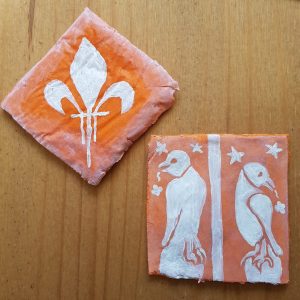
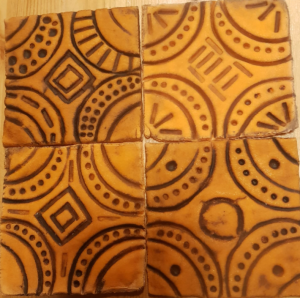
Originally the tiles were laid on the floor of the abbey, and could only be trodden on by special guests and choir monks.
Laying them was a very important task, and many of the tiles have patterns that “join up” and make a bigger pattern.
Have a go at tiling a floor and seeing for yourself how the patterns can go.

Donations Gratefully Received – No PayPal Account Necessary!
CARAD, East Street, Rhayader, Powys LD6 5ER
Stryd y Dwyrain, Rhaeadr, Powys LD6 5ER
all@carad.org.uk | 01597 810 194

© CARAD 2022
Company Registered
England and Wales
3663661
Registered Charity
1073317
Cwmni Cofrestredig
Lloegr a Chymru
3663661
Elusen Cofrestredig
1073317
We are committed to keeping you safe on this website.
Please read our Privacy Notice and Cookie Policy for further details.

This website uses cookies to ensure you get the best experience.
You can view which ones and what they do by clicking this button.